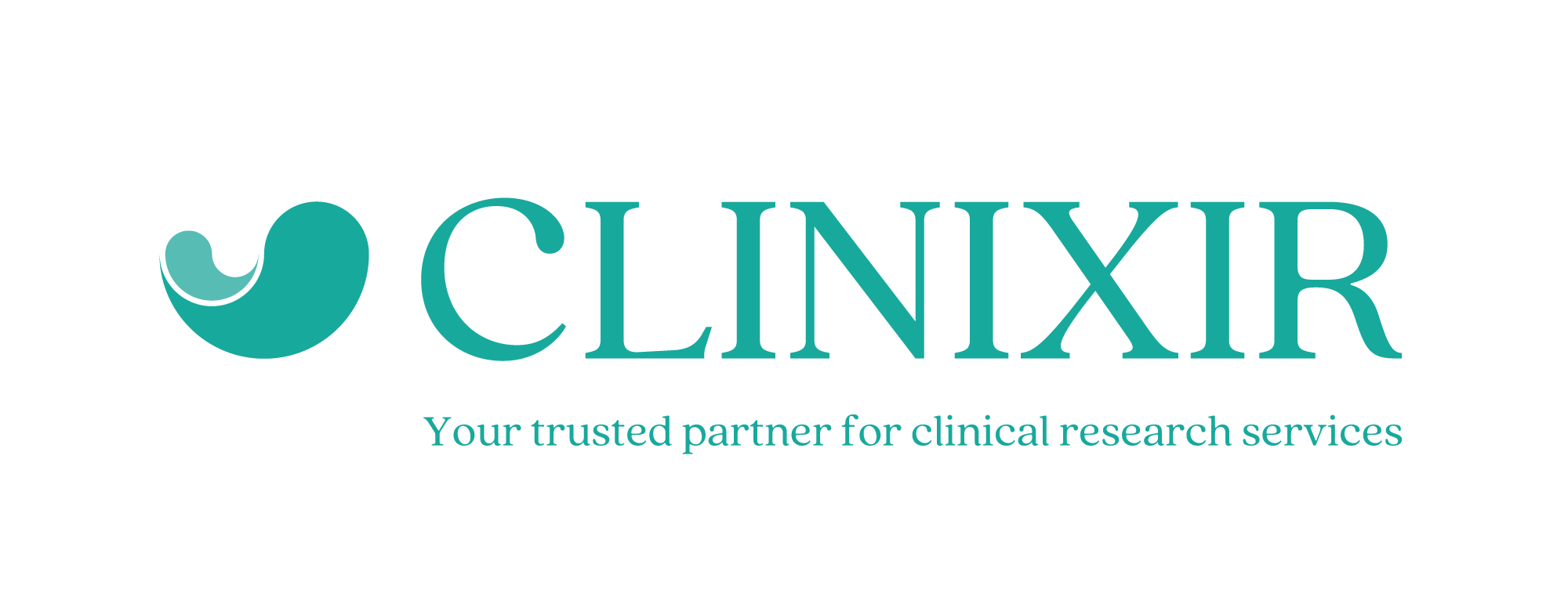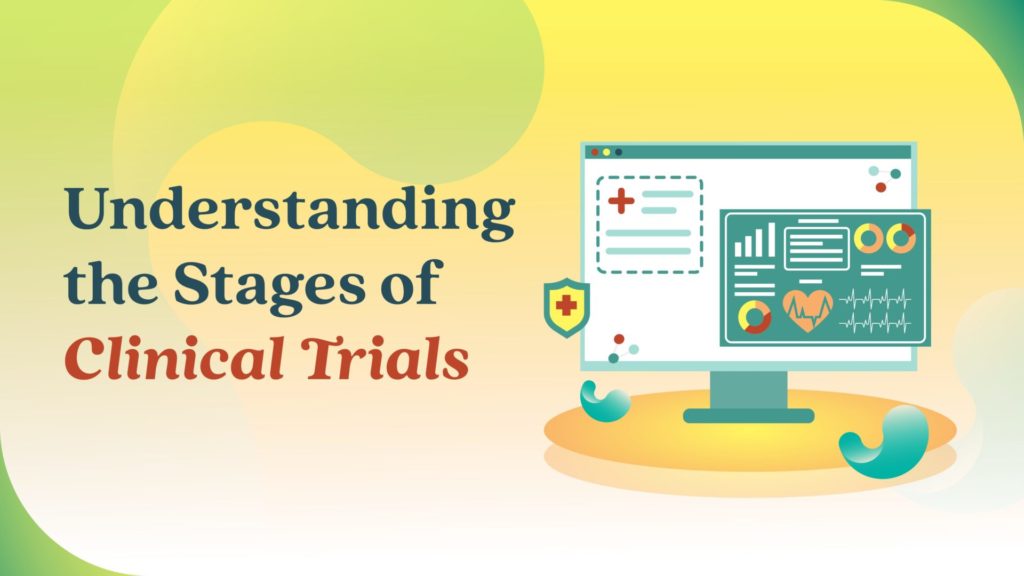Clinical research is an indispensable part of developing new medical treatments and understanding health and disease. The process is rigorous, structured, and divided into distinct stages and phases to maximize safety and efficacy.
In this article, we will explore the stages of clinical research and the specific phases of clinical trials, providing insights into each step’s unique challenges and objectives.
Phase I Trials: Safety First
Phase 1 of clinical trials is primarily focused on safety. In certain cases, such as with highly toxic drugs or therapies targeting cancer, patients with the condition may be selected instead of healthy volunteers. The main objectives of Phase I are to establish safety protocols as follows:
- Determining Safe Dosage: Ascertain the safest dose to use without severe side effects.
This crucial process involves rigorous testing and careful analysis to identify the optimal dosage that maximizes therapeutic benefits while minimizing potential adverse effects. It requires a thorough understanding of the drug’s pharmacokinetics and pharmacodynamics, as well as close monitoring of patient responses.
- Assessing Pharmacokinetics and Pharmacodynamics: Understand how the drug is processed by the body and its physiological effects.
This involves studying the absorption, distribution, metabolism, and excretion (ADME) of the drug to comprehend its journey through the body. Concurrently, pharmacodynamics focuses on the drug’s biological impact, including the mechanisms of action and the relationship between drug concentration and effect.
Phase I trials are closely monitored to ensure any adverse effects are recorded and addressed promptly.
Phase II Trials: Testing Efficacy
After a drug’s safety has been confirmed in Phase I, it moves into Phase II, where the focus shifts to efficacy. This phase involves up to several hundred participants who have the condition that the drug is meant to treat. The objectives are:
- Efficacy Confirmation: Determine if the drug works as intended for a larger group.
This phase involves extensive testing on a broad population to validate the drug’s therapeutic benefits and overall effectiveness. Researchers evaluate whether the drug produces the desired outcomes consistently across diverse patient demographics.
- Side Effects Assessment: Further evaluate the drug’s safety and monitor side effects in a more diverse population.
This crucial phase involves tracking and analyzing adverse reactions to ensure the drug’s risk profile remains acceptable. By expanding the participant pool, researchers can identify less common side effects and understand how different demographic factors may influence the drug’s safety. Continuous monitoring and thorough evaluation help in refining dosage recommendations and enhancing patient safety, ultimately contributing to more reliable and effective treatments.
Phase III Trials: Broad Testing
Phase III trials expand in scale and scope, involving up to thousands of participants across multiple locations. These trials are randomized and double-blinded, the gold standard for testing new medical treatments. The goals are:
- Confirming Efficacy and Monitoring Adverse Reactions: Validate the effectiveness of the drug on a larger scale and identify any additional adverse reactions.
This phase involves extensive testing with a broader participant group to ensure the drug consistently achieves its intended therapeutic outcomes. Simultaneously, researchers closely observe and document any new or previously unreported side effects.
- Comparative Analysis: Often, the new drug is compared against existing treatments or a placebo to gauge its added value.
This critical phase involves conducting head-to-head trials to determine how the new drug performs relative to established therapies. Researchers assess various factors such as efficacy, safety, side effects, and overall patient outcomes.
Success in Phase III is usually what is needed for a drug to proceed to regulatory approval.
Regulatory Review and Phase IV Trials: Post-Marketing Surveillance
Once Phase III is successfully completed, the drug manufacturer will submit the data to regulatory authorities, such as the FDA, for approval. After approval, the drug enters Phase IV trials, also known as post-marketing surveillance. This phase involves:
- Long-term Efficacy and Safety Monitoring: Drugs are monitored in a large population over a longer period to ensure no long-term adverse effects are present.
This phase involves continuous observation and data collection to evaluate the sustained effectiveness and safety of the treatment. Researchers track patient outcomes, document any delayed side effects, and assess the drug’s overall impact on health over time.
- Comparative Effectiveness: Further compare the drug with other drugs on the market to determine where it fits best in treatment guidelines.
This process involves analyzing the new drug’s performance relative to existing treatments to identify its strengths and weaknesses. Researchers evaluate various aspects, including efficacy, safety, side effects, cost-effectiveness, and patient outcomes.
Phase IV provides crucial data that ensures the continued safety and efficacy of the drug after it has been approved for public use.
Lastly, the stages of clinical research and the phases of clinical trials are critical in ensuring that the medications we use are both safe and effective. Understanding these phases helps patients, healthcare professionals, and researchers appreciate the complexity and importance of thorough medical research. Each phase builds upon the data collected in the previous one, underscoring the meticulous nature of drug development and the paramount importance of patient safety in advancing medical knowledge and treatment options.
At Clinixir, our focus is on delivering exceptional clinical research services with an unwavering commitment to excellence. We specialize in a comprehensive range of services including Clinical Trial Services, Regulatory Affairs, Biometrics and Data Management, Pharmacovigilance, Real World Evidence, and Health Economic Outcome Research.
Partner with Clinixir, and experience the excellence and integrity that set us apart in the industry.



